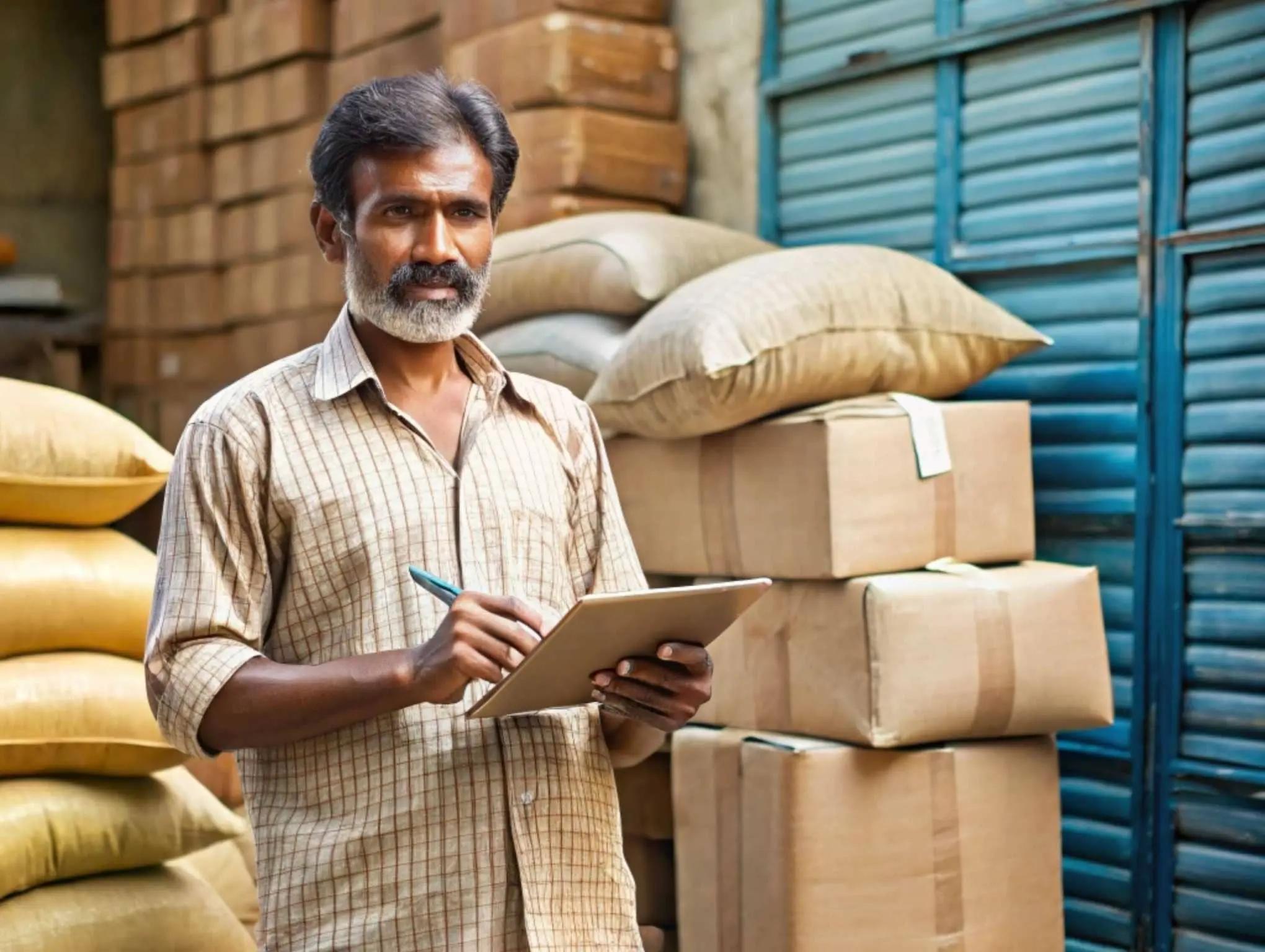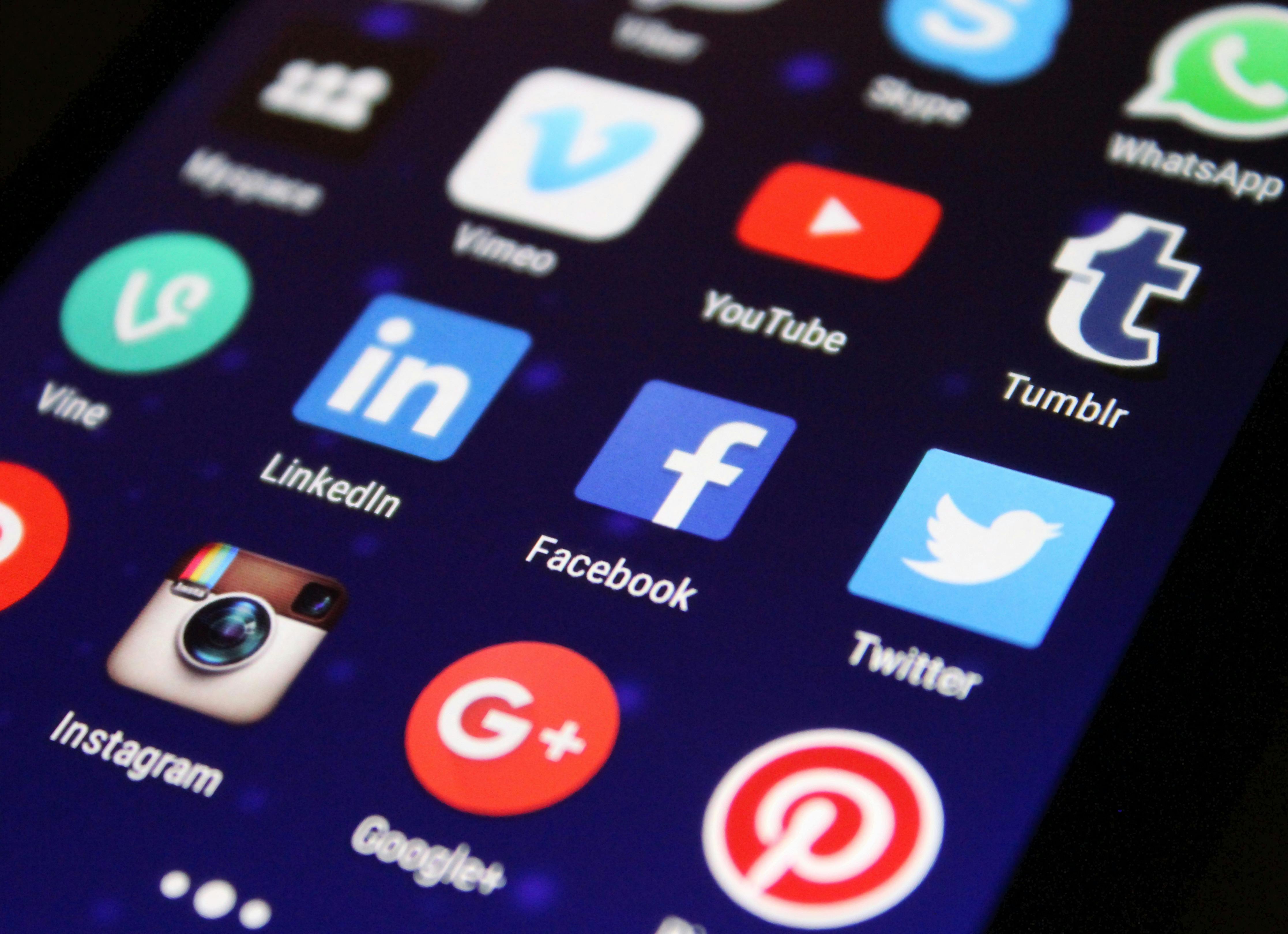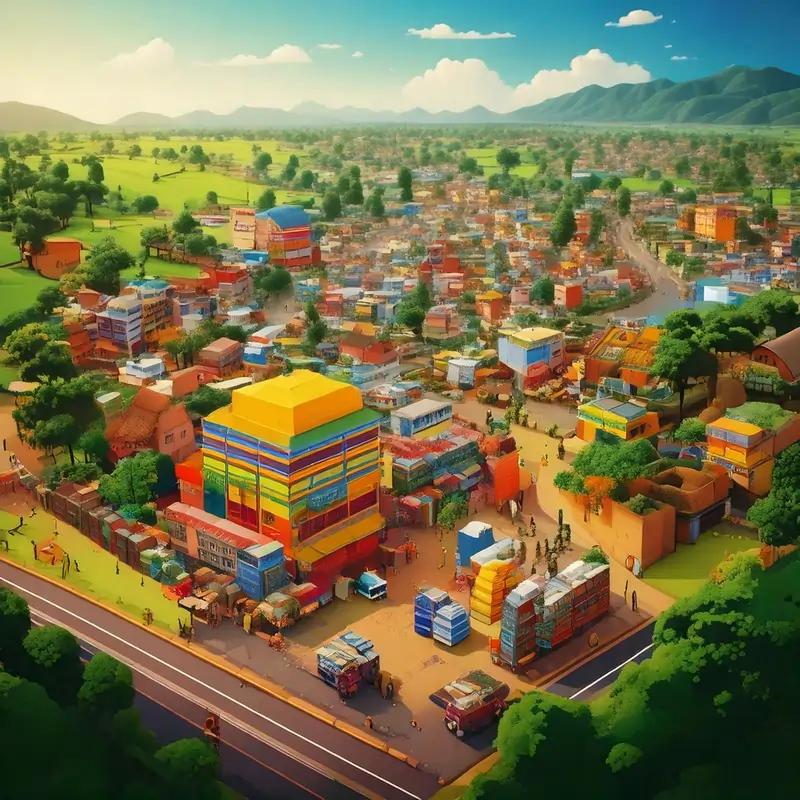Digital Presence Optimization
India is rapidly moving online, with an internet user base expected to hit 900 million by 2025. To capture this digital audience, FMCG companies must engage in regional content creation. By catering to India's linguistic diversity and offering content in 8-10 major Indian languages, companies have noticed a 30-40% increase in engagement compared to English-only content. A mobile-first approach is also paramount. Given that 90% of internet users in India access the internet via smartphones, designing digital strategies with mobile users in mind is essential. Moreover, businesses should leverage social commerce platforms like WhatsApp Business, which boasts over 400 million users, to foster direct consumer engagement.
E-commerce Enhancement
The online commerce segment of FMCG grew by an impressive 65% in 2023-24, underscoring its growing importance. Establishing partnerships with major e-commerce platforms like Amazon, Instamart, JioMart can significantly broaden a brand's reach. Additionally, building direct-to-consumer (D2C) channels is vital, with the segment witnessing an 18% growth in order volume in 2024. Offering quick commerce solutions, such as 10-20 minute delivery services, especially in tier-1 cities, can further enhance customer satisfaction and drive sales.
Rural Market Penetration
Rural areas account for 40% of FMCG sales and are expanding 1.5 times faster than urban counterparts. To effectively penetrate this market, companies should consider leveraging the hub-and-spoke model for efficient distribution. Collaborating with over 3 million small retail outlets, or kiranas, through digital tools can further enhance this reach. Initiatives like Hindustan Unilever's Project Shakti, which employs over 100,000 rural women entrepreneurs, offer valuable insights into tapping the potential of rural markets.
A rural-specific product strategy is essential for success. Offering smaller pack sizes at price points of Rs 5-10 is a smart move, as these products constitute a significant portion of rural sales. Developing goods that cater specifically to rural preferences and needs, along with aggressive pricing strategies that keep prices 15-20% lower than urban regions, are also necessary.
Modern Trade and Traditional Trade Integration
To bridge the gap between modern and traditional trade practices, strategic placement in organized retail is crucial, given its rapid growth. Companies should implement category management principles within modern trade outlets and develop exclusive SKUs with tailored promotional strategies for these channels. On the other hand, optimizing traditional trade by streamlining supply and inventory management by creating a distribution network can lead to greater efficiency. Establishing retailer loyalty programs that reward dedicated retailers fosters a strong sense of trust and commitment. Regular engagement and training initiatives further empower traders, ensuring they remain competitive in this fast-paced market.
Product Innovation and Diversification
The health-conscious segment of the FMCG market is expanding at a considerable rate, and companies should respond by developing fortified products that meet specific nutritional demands. The introduction of organic and natural variants can tap into this growing demographic, while launching immunity-boosting products has proven particularly lucrative post-pandemic.
Sustainability is increasingly important, making recyclable solutions, biodegradable alternatives, and water-conservation packaging technologies essential components of a robust packaging strategy. These green initiatives resonate well with environmentally conscious consumers, further enhancing brand reputation.
Supply Chain Excellence
Technology is pivotal in optimizing supply chain processes. Using tools for demand forecasting is beneficial, reducing stock shortages by 30% and ensuring products are readily available. Its good to rely on regional suppliers for boosting consumer trust. Additionally, implementing Distributor Management System enables real-time inventory tracking, assisting companies in avoiding over or under-stocking.
Consumer Engagement Strategies
Creating effective loyalty programs involves developing structured, multi-tier reward systems that incentivize customer loyalty. Incorporating gamification elements makes these programs even more engaging, while personalized offers based on purchase history enhance customer satisfaction.
Building vibrant brand communities on social media fosters a sense of belonging among consumers. Encouraging user-generated content and collaborating with influencers for marketing strategies ensures brands reach wider audiences. This approach deepens consumer relationships, making them more invested in the brand.
Last Mile Operations
To refine last-mile delivery, companies can establish regional distributors in tier-2 and tier-3 cities, ensuring rapid product availability. Local partnerships with ensure efficient and streamlined last-mile delivery. Finding reliable partners also goes a long way towards building stable sales and managing various local stakeholders.
Conclusion
Winning in India’s FMCG market demands a blend of traditional expertise and modern innovation. Companies need to strengthen their digital presence while nurturing existing retail networks. Creating rural-focused strategies while refining urban operations ensures a holistic approach. Embracing sustainable practices while maintaining cost-effectiveness, alongside utilizing data analytics to maintain warm consumer connections, will set FMCG companies on a path to sustained success in one of the world’s most vibrant consumer markets. By integrating these strategies and respecting India's unique market dynamics, FMCG companies can position themselves for lucrative growth.
More Articles to Explore

Distributor Loyalty Programs
Distributor loyalty programs are a secret weapon for business growth . Simply put, they're structured systems that reward your distributors for doing more business with you. The more they sell your products, the more benefits they receive.

A 2025 Perspective
In the vibrant tapestry of Indian consumerism, the digital consumer stands out as both a challenge and an opportunity for Fast-Moving Consumer Goods (FMCG) brands. Unlike the historical clout of neighborhood kirana stores, today's consumer navigates seamlessly between aisles of physical stores and the virtual shelves of e-commerce giants. This hybrid shopping behavior, as highlighted by Nielsen's insights , signifies an amalgamation of tradition with digital convenience, requiring a multifaceted marketing strategy.

FMCG Sales Channels in India
Are you wondering how to get your FMCG products to Indian consumers? This guide breaks down the three main ways to sell your products: quick commerce apps, traditional distributors, and selling directly to customers.

Choosing the Right Delivery Partner
Are you struggling to get your products to stores and increase sales? The right regional 3PL / 4PL partner can help your business grow faster. This guide shows FMCG business owners how to pick the best delivery partner to reach more customers across India.
![[object Object]](/_next/image?url=https%3A%2F%2Fcdn.sanity.io%2Fimages%2F15uaalow%2Fproduction%2F469a8df8e53d7416eb971b4aefdfb0f6d51d2846-1920x1280.webp%3Ffit%3Dmax%26auto%3Dformat&w=3840&q=75)